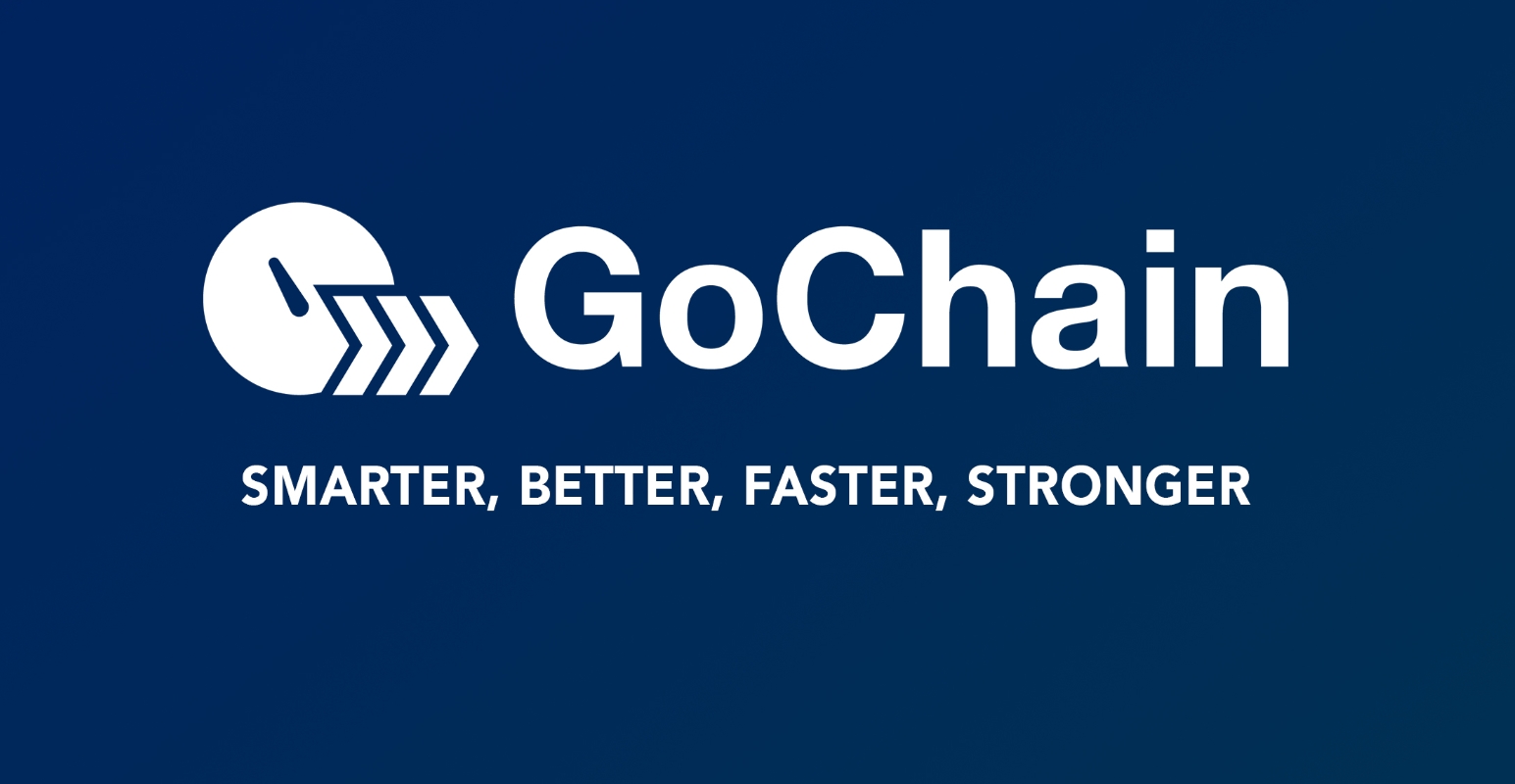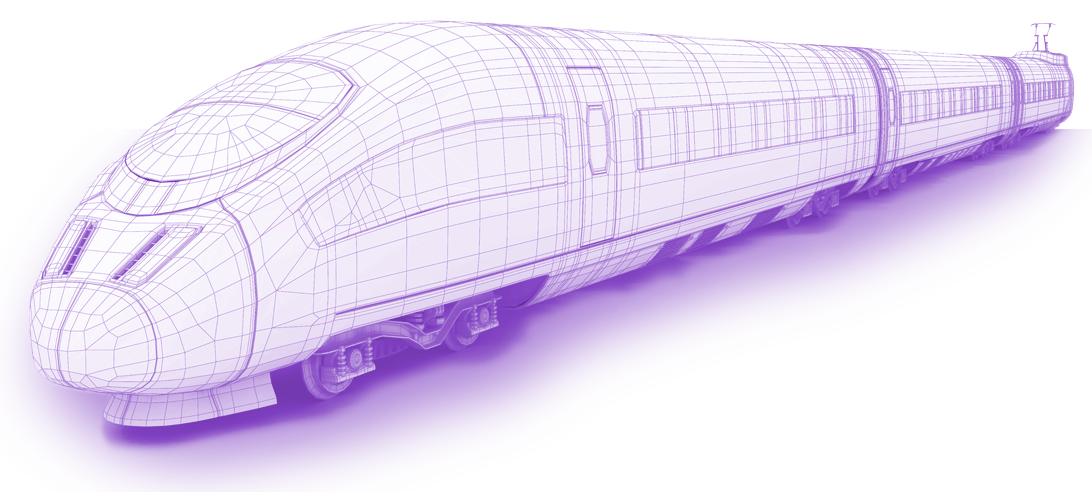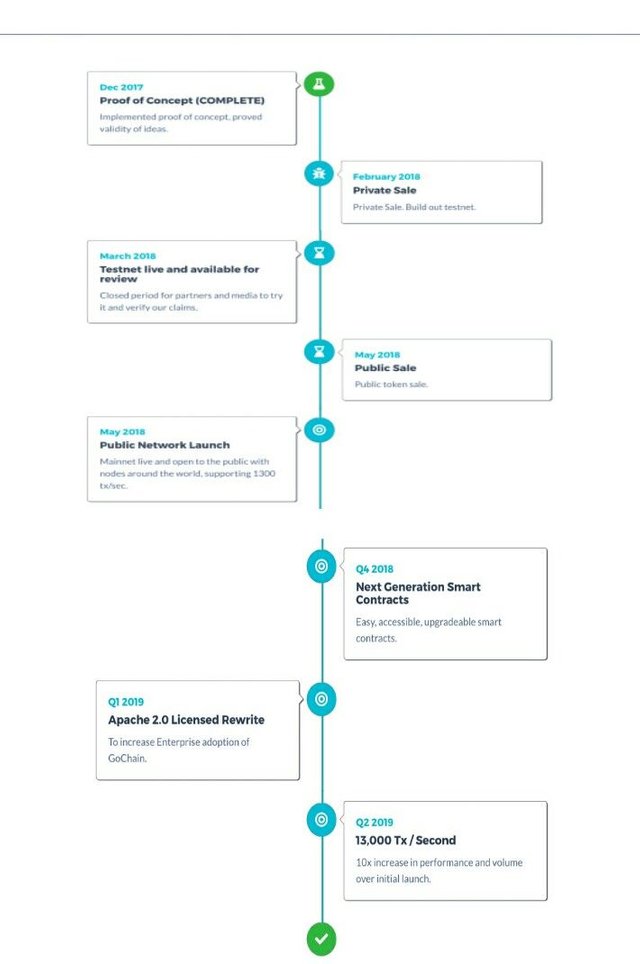GoChain-Saving ETHEREUM applications from itself

INTRODUCTION
While working on a Bitcoin project, a certain Vitalik Buterin identified some problems he noticed with Bitcoin. He conceived the idea of Ethereum, which is a platform that enables developers to build decentralized applications for the blockchain. He was of the thought that the blockhain should not be limited to financial use.
With the birth of Ethereum, creation of smart contracts (credible transactions, without the involvement of third parties) was much more easier. Another reason Ethereum was created, was to improve on transaction speed, seeing block time is 14 to 15 seconds, compared to 10 minutes for Bitcoin.
The cryptocurrency world evolves at an ever increasing pace, and to keep up with the times, we need to keep on churning out innovative solutions, to meet the needs/ gaps created.
THE PROBLEM
As I said in the introductory paragraph, one of the issues Ethereum hoped to solve or improve on, was the speed of transactions. Ethereum is at full capacity, when running 13 transactions per second, and this seems absurd taking into cognizance, the fact that it is the standard used as a yardstick in the industry.
As this is a problem identified by many, a couple of individuals/bodies have come together to create a solution to this problem. The issue? Many of these solutions are projected to be ready for deployment, between 12-24 months from now. What happens between this period?
THE SOLUTION
GoChain is a scalable, high performance, low cost, and decentralized cryptocurrency and blockchain that supports smart contracts and distributed applications.
It should be kept in mind that GoChain does not only solve the scalability problem of Ethereum. Let’s assume you have spent a considerable amount of time and resources to build your business around Ethereum, and you need to move on because of these challenges?
Individuals or companies, who have applications deployed there can seamlessly transfer such applications, without the risk of loss of data, nor the need to alter any code. In other words, it would feel like you never left.
Flaws of Ethereum GoChain hopes to improve on:
Using GoChain is also more beneficial in the sense that it’s much easier to scale. Transaction speeds are also a hundred times faster, it’s ten times more decentralized and its a thousand times better, when it comes to energy conservation.

How will the decentralization isssue be solved?
GoChain makes use of a Proof of Reputation (POR) model, rather than one based on Proof of Work (POW) seeing this is a stronger, more secure and upgraded version of Proof of Authority(POA). By doing this, GoChain would seemingly take a few steps backwards, but in hindsight, this would lead to better decentralization, and prevents a government taking a controlling stake in the ecosystem, seeing there will be 50 companies in 50 different countries, selected by GoChain in the preliminary stage. In time, this would be controlled by the network.
As it is today, we have a small group of companies controlling a huge chunk of mining activities. This is everything decentralization is not.
In exchange for identities staked, these companies would be rewarded monetarily to process transactions.
How will transaction speed be improved?
The decentralized cryptocurrency world as we know it today is hampered by the time it takes to complete transactions and also verify them. As at the time of writing, Bitcoin can process only 7 transactions per second, while Ethereum can process just 13.
In comparison, Visa can easily handle more than 56,000 transactions a second.
Comparing these figures, we can see that public cryptocurrencies are way too slow.

By moving to POR, the transactions per second problem is partially solved. Offchain solutions, such as Plasma and Raiden are also compatible with Gochain, thus, making it go faster. Moving to POR would also significantly reduce the energy utilized in processing blocks.
GoChain also has plans to increase network speeds towards the latter part of 2018, and also an upgrade, in excess of 13,000 transactions per second is expected in 2019.
How will energy be better conserved?
Proof of Work was developed to tackle the issue of overspending, but it tends to use up too much energy.
Ethereum uses the equivalent energy of running one million households in the United States, to sustain itself. Going forward, this cannot be realistic.
This is also another reason why GoChain would be switching to Proof of Reputation (POW) model.

The Team
GoChain's team is made up of individuals, who are skilled in solving issues related to transactions speed and efficinecy.
Their CEO, Jason Dekker, has multiple C-level experience that cuts across several sectors, such as biotech, finance and tech.
Chief Software Engineer, Travis Reeder, who is the former founder of iron.io and Romana Kononov, who was also Iron’s former director of engineering were pioneers of serverless cloud computing, with an output of one millions transactions per second.
The beta release of GoChain is currently live, and is already above the 1300 transaction per second threshold. It is compatible with all existing Ethereum wallets and development tools, because GoChain believes it’s the best cryptocurrency and blockchain available.
Hence, a starting point to take the blockchain to blockchain 3.0, if you will.
For more information:
This is my entry to the @originalworks GoChain Writing Contest here
gochain2018
This post has been submitted for the OriginalWorks Sponsored contest!
You can also follow @contestbot to be notified of future contests!